Also within the grounds is the Museum of Vietnamese History, housing some 25,000 artifacts of history, culture and ethnography of South Vietnam. The grounds also include a temple to the Hung Kings (formerly a monument to Indochinese soldiers who died for France during World War I). Other parts of the zoo are divided into animal and plant conservation areas, an orchid garden, and an amusement park.
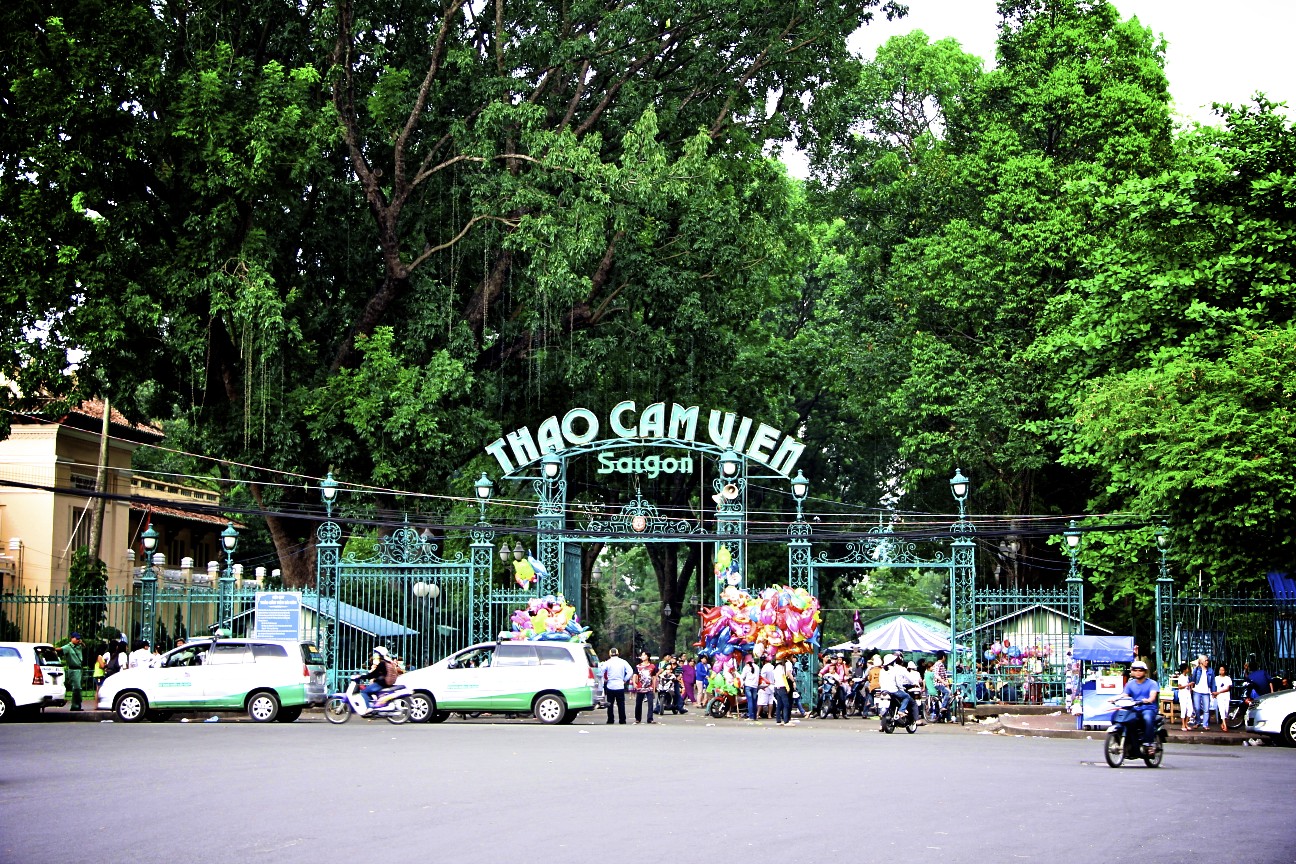
On March 23, 1864, Admiral Pierre-Paul de La Grandière, commander of French forces in Cochinchina, commissioned the building of a zoo in Saigon. Malacologist Louis Germain was named the director of the project on March 28, 1865. Construction started on 12 hectares (30 acres) northeast of Thi Nghe Channel, and the zoo occupied 20 hectares (49 acres) by the end of 1865. On February 17th, 1869 the zoo opened to the public, and today the Saigon Zoo is one of the oldest continuously operating zoos in the world.
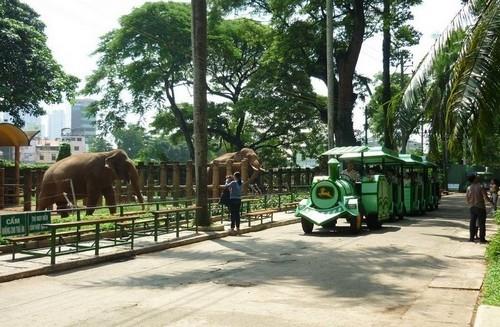
(1).jpg)
The Saigon Zoo has undergone many changes over the years. In 1927, a bridge across Thi Nghe Channel was built to connect sections of the zoo. In 1985, a stone jetty was built, and electrical wiring was added to improve the zoo. In 1989 the facilities received many improvements to make the environment more suitable for its resident population. In 1990, the Saigon Zoo and Botanical Garden was recognized as a member of the South East Asian Zoos Association. In 1993, the zoo director proposed a long-term plan to improve the quality of management, housing, and care of the animals. That plan came to a close in 2003. The Saigon Zoo and Botanical Gardens is now the largest zoo and botanical garden in Vietnam.
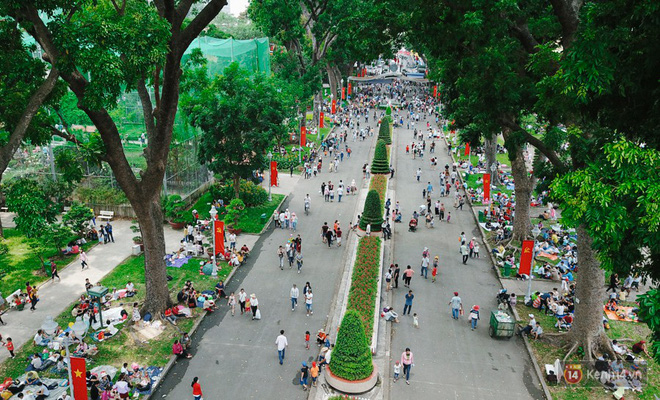

The main purpose of the Saigon Zoo and Botanical Garden is to educate the public and protect endangered animals and plants. One of many programs the zoo participates in to protect endangered species is one to breed animals in captivity, the goal being to replenish their populations. The Saigon Zoo is currently the only zoo in the world that has successfully bred crested argus pheasants in captivity.
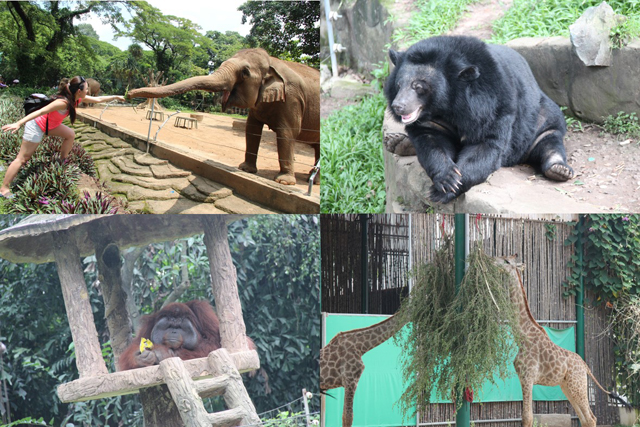
.jpg)
In addition to conservation, in 1999 the zoo's conservation education department created a plan to educate the public about how to protect animals and plants. Each year, 3,200 students visit the zoo and listen to an hour-long lecture and watch a 30-minute film about animal and plant conservation. It is also a place for people from all over the world to study the fauna and flora of Southeast Asia.
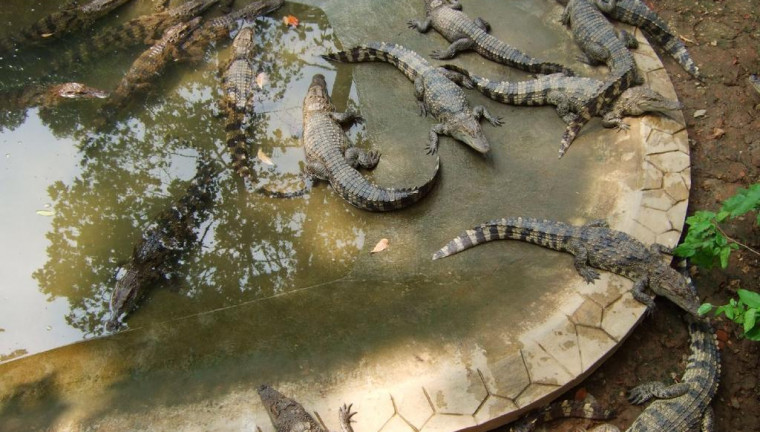
According to VietKings (Kyluc.vn)











